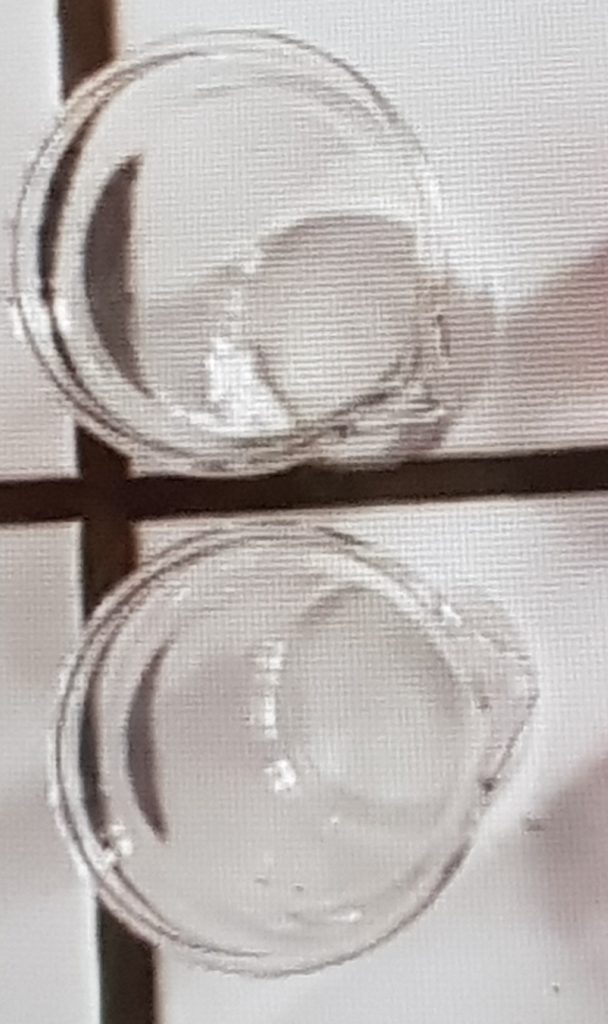Report: Dissolution of different salts in water
INTRODUCTION
The aim of this report is to present the experiment, dissolution of salts in water which was done by students of Gimnazija Jesenice for chemistry experiment.
THEORETICAL BACKGROUND
Every salt is built differently, therefore, every salt dissolves in a different way. Dissolution of salts depends on ions in salts, when ions have lower charges, it is easier for the water to pull them apart, therefore, the salts like sodium nitrate dissolve faster and in bigger quantities.
THE EXPERIMENT
The safety was insured with chemistry gowns and safety glasses. Four glasses with 100ml of water were prepared, in the first glass was put sodium chloride which has low charged ions like sodium nitrate which was put in the second glass. In the third and the fourth glass were put salts with high charged ions, those were sucrose and copper sulfate pentahydrate. Salts were being added until they were not dissolving anymore. At the end in the first two glasses was around ten grams of each dissolved compound and in the second two glasses was around six point five grams of each dissolved compound.
PRACTICAL APPLICATION
This knowledge can be used in the kitchen and in winter to sprinkle roads. Since this is a chemistry experiment it can also be used to stabilize different mixtures or to make them unstable.
CONCLUSION
In conclusion, we can use findings of this experiment in our everyday life. I think that we could improve the experiment by testing more different salts or we could try using the findings of this experiment to stabilize and unstabilize different mixtures.

